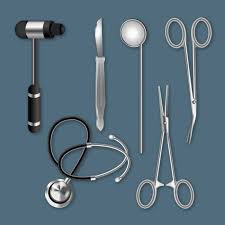An Obstetrician and Gynaecologist, Dr Abosede Lewu, says Pica disorder, also known as eating or chewing of non-food items, can lead to nutrient deficiencies, poisoning, blockage of intestines and infections.
Lewu, Team lead at Girls-aide Initiative, in Awka, on Sunday, explained that pica is an eating disorder in which one feels a strong urge to eat or chew substances that had no nutritional value.
According to her, such substances include clay, paper, soap, cloth, hair, wool, soil, chalk, talcum powder, paint, gum, metal, pebbles, charcoal, ashes, stone, glass, dirts or ice.
She said pica is a medical issue that can affect anyone irrespective of age or gender.
“As a doctor, I see patients, especially pregnant women, who complain that they have been craving some funny things such as licking ice, stone, clay and even coins. A pregnant woman may have these cravings if she has low levels of blood, iron, vitamins and minerals in her body system. Eating these items can lead to other deficiencies, blockage of intestines, infections or health problems”.
Lewu, who is also the Convener of Keep All Mothers Alive (KAMA) Project, identified iron-deficiency anaemia and malnutrition as the two most common causes of pica disorder, followed by pregnancy.
According to her, pica can also be a sign that the body is trying to correct a significant nutrient deficiency in individuals craving for these non-food items.
The gynaecologist, however, advised individuals craving or consuming non-food material to see a doctor for diagnosis and proper treatment to prevent health complications.
“See a doctor if you or your child regularly crave or consume non-food material. Do not sit on it, go to the specialist to find out if your craving is actually a warning sign. There are no laboratory tests for pica. Instead, the diagnosis is made from a clinical history of the patient. Diagnosing pica is accompanied by tests for anaemia, potential intestinal blockages and toxic side effects of substances consumed such as lead in paint, bacteria or parasites from dirt. Treating the deficiency with medication or vitamins often resolves or corrects the cravings”.
Pica Disorder Can Cause Poisoning, Blockage of Intestines – Gynaecologist
- Advertisement -
- Advertisement -
- Advertisement -
- Advertisement -
- Advertisement -

